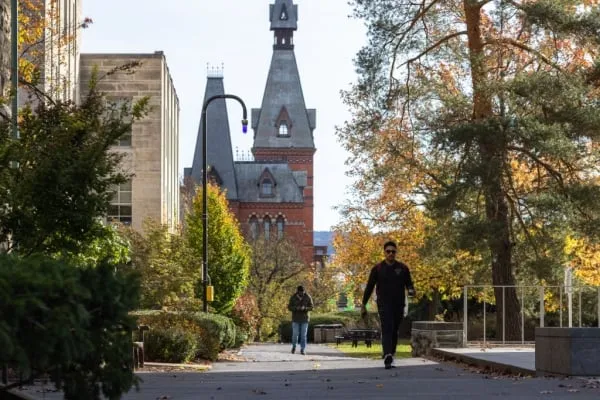A new report from the Century Foundation found that state and institutional grant aid too often flows to higher-income students who don’t need it, while low-income students continue to struggle with unmet need.
The analysis, released Thursday, shows that more than half of students from the top income quartile, 56 percent, receive grants that surpass their financial need, compared to a mere 0.2 percent of students from the bottom income quartile. That means that top income quartile students were 280 times more likely to receive grants that exceeded their level of need than their lowest income peers. The share of white students that receive grants beyond their needs (19 percent) far exceeds the share of Black of Hispanic students who receive such grants (5 percent).
Part of the issue is that the share of state grants that are merit-based jumped 17 percentage points between 1982 and now, according to the report. Over all, about 10 percent of grant aid—at least $10 billion annually in state and institutional aid—exceeds students’ financial need.
The analysis also found that state grants disproportionately go to students at highly selective public colleges versus students at open-admission public four-year institutions—$3,693 and $842 on average, respectively. And at four-year public colleges over all, students with an Expected Family Contribution of zero were less likely than students with higher EFCs to receive aid from their institution.
“What people think about as a pillar of the financial aid system in higher education has become a windfall for wealthy students that leaves working families paying the bill for tuition increases,” Peter Granville, the report’s author and a fellow at the Century Foundation, said in a news release.



